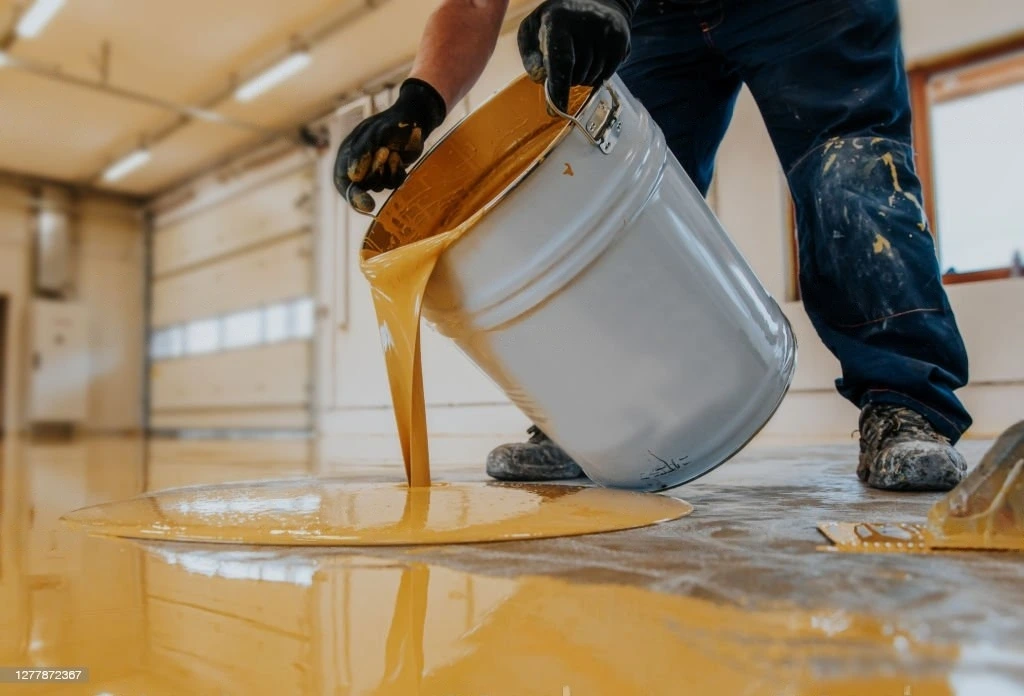When most people think of concrete, they picture the traditional gray color common in sidewalks, driveways, and other outdoor surfaces. However, if you want something more unique, colored concrete might be better. With colored concrete, you can choose from a wide range of hues and shades to create a truly one-of-a-kind look.
Suppose you’re planning a concrete project; one of the most important decisions you’ll need to make is which type of concrete mix to use. Knowing which is right for your project can take time and effort with so many options available.
But there’s more to consider than just color. Different types of concrete mixes have different properties, such as strength, durability, and resistance to weather and other environmental factors. Depending on your project’s specific requirements, you may need a mix designed to withstand heavy traffic, extreme temperatures, or other conditions.
This blog post will discuss the pros and cons of different types of concrete mixes, including traditional gray concrete and colored concrete. We’ll also explore the factors that can impact your decision, such as cost, availability, and aesthetics. By the end of this post, you’ll better understand which concrete mix is better for your project.
Which Colorado Concrete Am I In?
Have you ever looked around at the concrete in Colorado and wondered what type it is or how it got its color? If so, you’re not alone. Colorado has various concrete types and colors, each with unique properties and characteristics.
One of the most popular types of Colorado concrete is colored concrete, which can create a wide range of effects, from subtle earth tones to bold and bright colors that make a statement. Colored concrete can be used for everything from sidewalks and patios to driveways and decorative walls, and it’s often chosen for its durability and low maintenance requirements.
But how do you know what type of Colorado concrete you’re looking at? The answer lies in the concrete’s color and texture, as well as its composition and other factors. In this blog post, we’ll look at the different types of Colorado concrete, how they’re made, and how to identify them based on their color and other characteristics.
Whether you’re a homeowner looking to install a new patio or a contractor working on a commercial project, understanding the different types of Colorado concrete and their properties can help you make more informed decisions about your next project. So let’s dive in and explore the wonderful world of Colorado concrete!
What Color Is Concrete When It Dries?
Concrete is an essential building material used in various construction projects. While we may think of concrete as grey and dull, did you know that it can come in various colors? The color of concrete can be a crucial factor in many projects, from decorative concrete flooring to outdoor patios and walkways.
If you’re wondering what color concrete is when it dries, the answer may surprise you. The truth is that the color of concrete can vary widely, depending on various factors. Factors such as the type of cement used, the amount of water added to the mix, the type and amount of aggregates used, and even the weather conditions can all affect the final color of concrete.
If you’re looking to use concrete in a construction project and want a specific color, you may want to consider colored concrete. From earthy tones to bright, bold colors, colored concrete can add a unique touch to any project.
In Colorado, where construction projects are often subjected to harsh weather conditions, colored concrete can be a particularly popular option. Not only does it provide the durability and strength of traditional concrete, but it can also add aesthetic appeal and value to a property.
Whether you want to add a splash of color to your outdoor space or need a durable, long-lasting flooring option, colored concrete may be the perfect solution. With its versatility and range of color options, colored concrete can help you achieve your desired look and functionality for your next project.
When Should You Cover Concrete In Cold Weather?
If you’re working on a concrete project in Colorado, you know that the weather can be unpredictable, especially during the colder months. Cold temperatures can significantly impact the curing process of concrete, which can affect the strength and durability of your finished product. But did you know that covering your concrete can help protect it from the cold and ensure a successful outcome?
When it comes to concrete color, using colored concrete is a popular choice for many projects. It’s a great way to add a unique touch to your concrete project and make it stand out. Using colored concrete in cold temperatures requires extra precautions to keep the color consistent and vibrant. That’s where covering your concrete comes into play. By covering your colored concrete in cold weather, you can help ensure that the color stays true to its original shade and doesn’t fade or become uneven.
So, if you’re wondering when you should cover your concrete in cold weather and how it can impact the color of your finished product, keep reading. We’ll cover all the important details you need to know to ensure a successful concrete project in any weather conditions.





